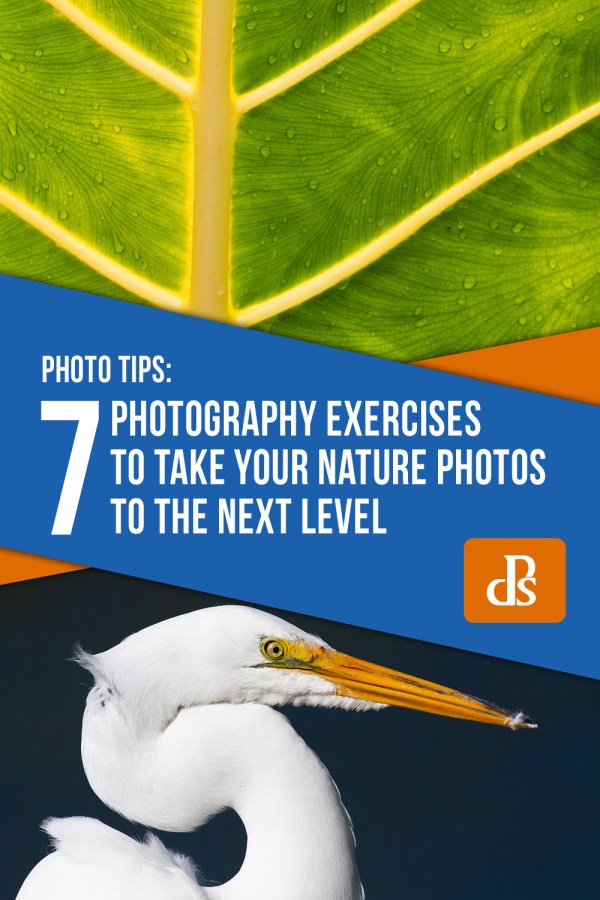
If you’re struggling to capture consistently great images or you just want to hone your skills, then I highly recommend you try some simple photography exercises. Photo exercises aren’t difficult to do, yet spending a few minutes each day carrying out a handful of exercises can make a dramatic difference to your shots.
In this article, I share my favorite seven exercises, all of which are designed to enhance some part of your photographic practice (whether it’s your sense of lighting, composition, camera settings, or editing). There’s no need to go overboard and spend hours each day running through the entire list, but if you can find the time to do one or two on a regular basis, I guarantee you’ll see some major improvements to your images.
Ready to start leveling up your shots? Then let’s dive right in, starting with:
1. Shoot a single subject from nine different angles
Your first photography exercise – and my personal favorite – is to choose just one subject, then shoot it from at least nine different angles.

In searching for angles, you’ll be forced to stretch the boundaries of your creativity. You’ll be forced to start looking at your subjects in many different ways. The first five angles might be easy enough to find. But the last four will be a struggle – as they should be!
(Does it have to be nine specifically? No, though it’s important that you challenge yourself here; don’t just shoot from two angles and call it a day.)

A few excellent angles to try:
- Shoot on a level with your subject
- Shoot from directly above your subject (if you can)
- Get below your subject and shoot upward
- Walk around your subject until you have a completely different perspective
Then, once you’ve finished the exercise, pull up the photos on your computer. Take note of the different angles and how they gave your subject slightly different looks.
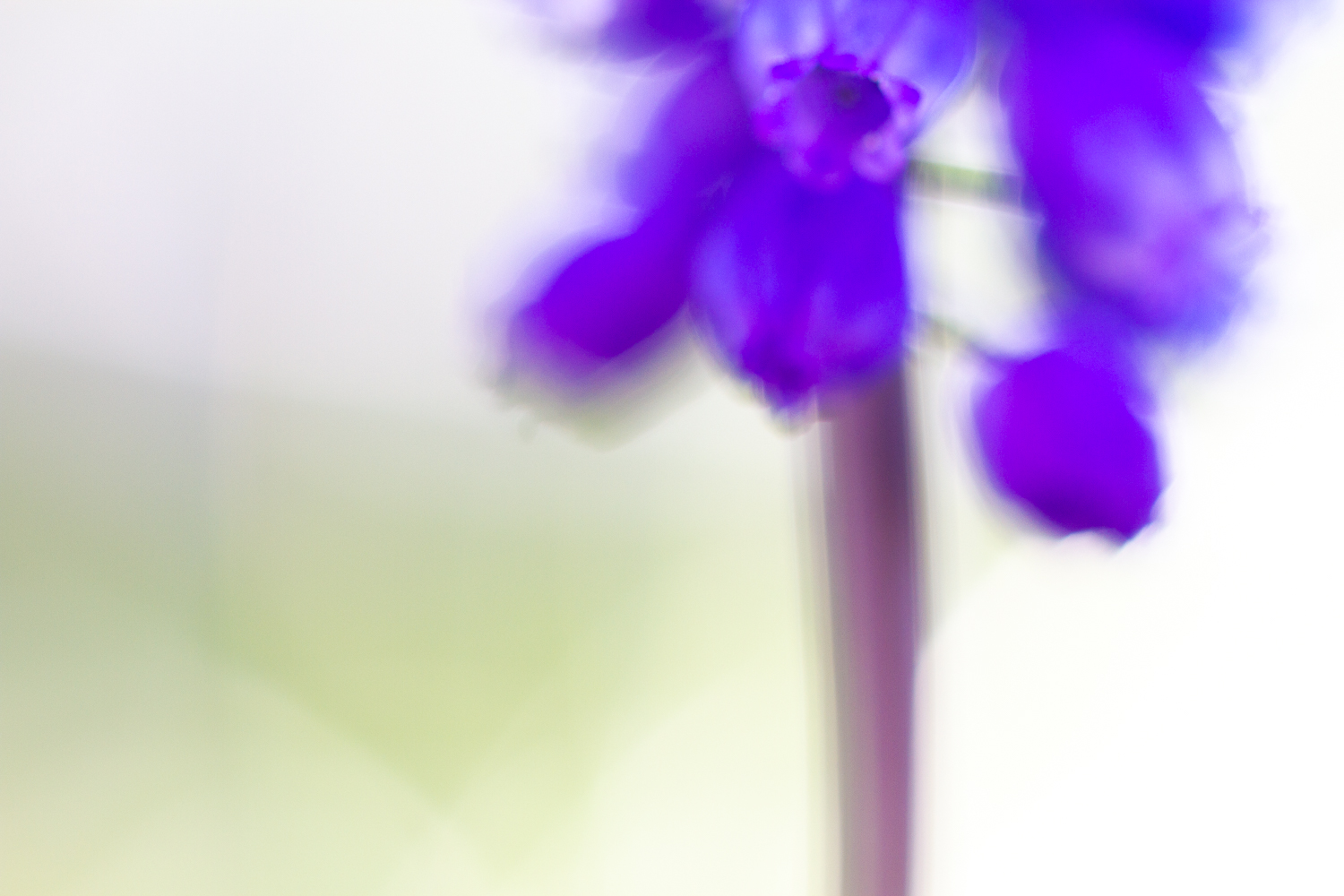
And the next time you’re doing photography, see if you can incorporate those new angles into your compositions!
2. Shoot a subject you normally avoid
This exercise is all about getting you out of your comfort zone. After all, if you don’t get out of your comfort zone, you’ll never grow as a photographer.
So here’s what you do:
Think about the subjects that you normally shoot. And then pick a subject that’s radically different. Photograph it instead!

So if you normally like to capture birds, shoot flowers for a day.

If you normally photograph landscapes, shoot wildlife.
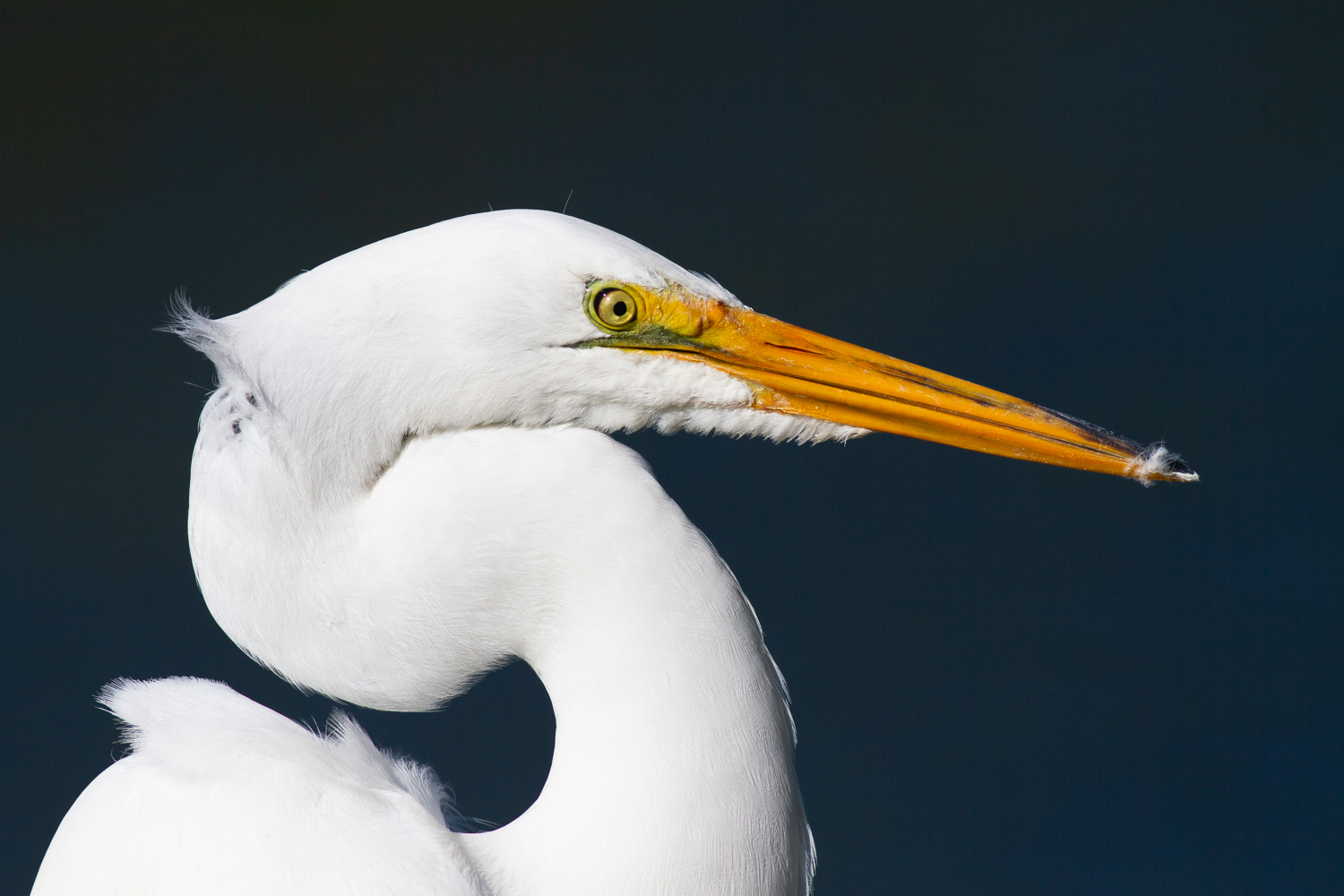
If you normally shoot portraits, try capturing some cityscapes. Just pick something that you don’t normally photograph, then do your best to make it look amazing!
If you want to make this exercise extra useful, don’t just shoot another subject for a single outing. Instead, do it for a week (or even a month). You’ll be amazed by the tricks you pick up from learning another area of photography.
3. Bring just one lens into the field
When photographers go out for a photoshoot, they tend to take multiple lenses (and even multiple cameras). And while this will give you a lot of flexibility, it won’t force you to really work to find great compositions.

But I want you to think outside the box. I want you to consider new ways to capture photos. So the next time you go out to shoot, leave all your standard lenses behind.
Instead, bring just one lens. And (if you’re feeling adventurous) make sure it’s a lens that you don’t use very often. Prime lenses are generally best for this exercise, as they’ll force you to adapt to a single focal length. But you can also use a zoom (though if you do go this route, you might try restricting yourself to a single focal length).
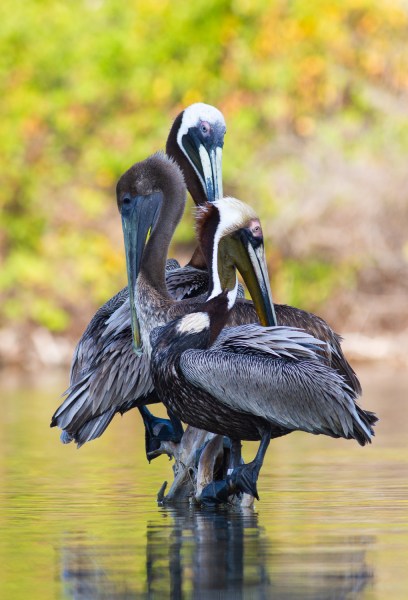
This will force you to think about your compositions in new ways, and it’ll help you take photos that you would’ve never even considered.
4. Shoot a scene with four types of light
Photography is all about the light – so if you want to be a great photographer, it’s an element you must learn to master. You need to understand the theory (such as the difference between backlight, front light, and side light, as well as the different types of light and how they change depending on the source), but you also need to understand the practical effects of light. That’s what this exercise is designed to help you do.

You start by picking a scene. Then you photograph that scene with four types of light:
- Cloudy light
- Midday light
- Sunrise/Sunset light
- Shade
This will undoubtedly involve coming back several days in a row, and certain photoshoots might turn out to be a complete bust (because the sun gets blocked by clouds, for instance). But it’ll be worth it in the end.

Of course, once you’re done, you should look at all the photos you took. And note how the different types of light gave you different types of images!
5. Take both still shots and action shots of your subject
Oftentimes, we get in the habit of shooting the same type of subject over and over again. I’ve already given you one way of avoiding this problem (see Exercise 1). But another way is to keep shooting that same subject in a different way.
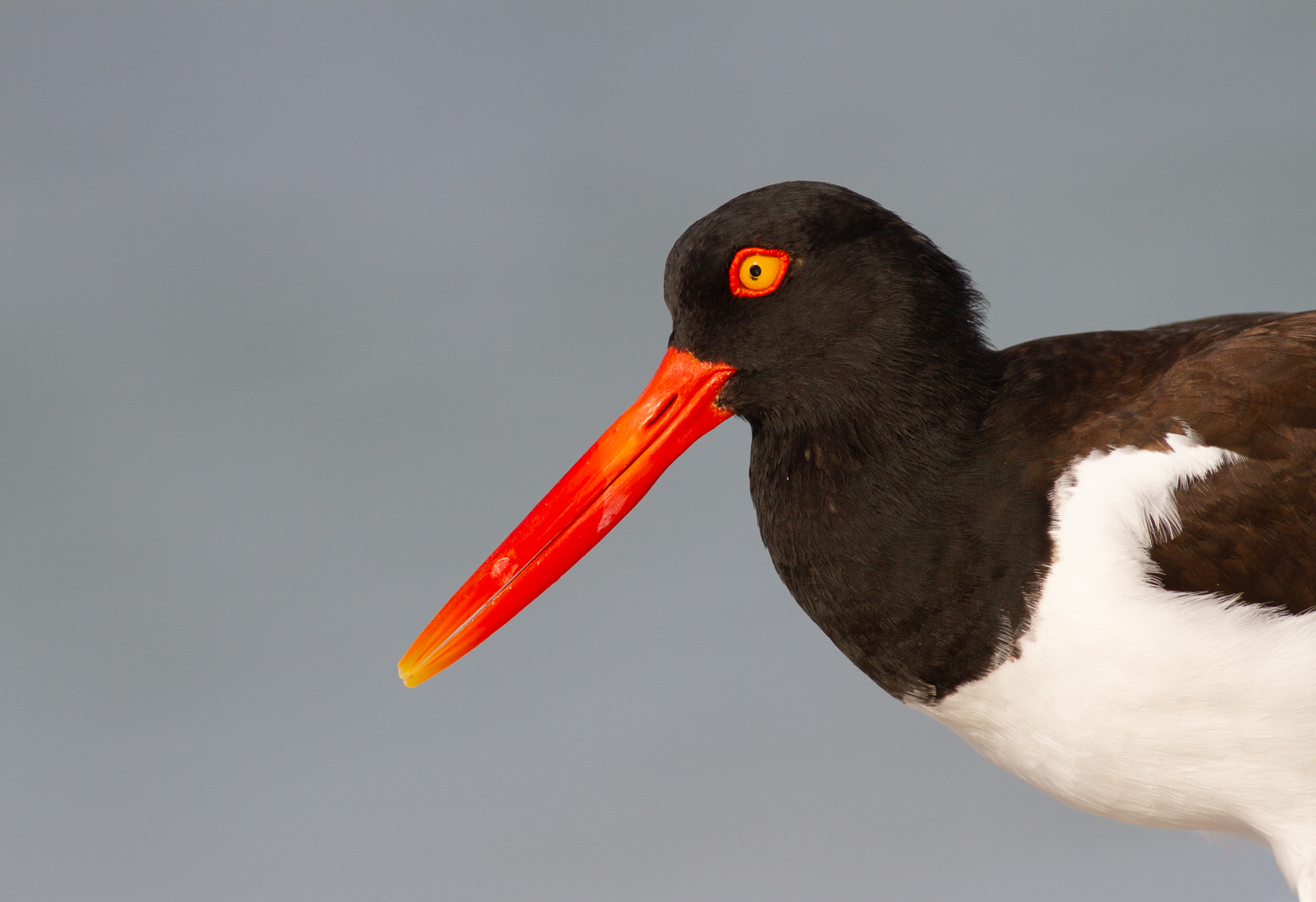
Specifically, try to take both still and action shots.
For those of you who shoot birds, wildlife, and events, this shouldn’t be too difficult. But if you’re a flower and landscape photographer? It’ll undoubtedly be challenging.

If you generally photograph still subjects, you may have to get creative. Try to take some intentional camera movement photos. Or see if you can get some sort of action to happen in the frame (e.g., flowers blowing in the wind, waves crashing on the beach).
And that’s it! It may seem simple, but the exercise will force you out of your comfort zone and get you taking some fresh photos!
6. Edit your favorite photo in five different ways
Post-processing is a significant part of capturing stunning photos. In fact, even small adjustments can go a long way.
So for this exercise, you should start thinking about different post-processing options. (You can always use Instagram for inspiration.) And edit your favorite image in five distinct ways.

You should experiment with edits in Lightroom, Photoshop, or another high-quality editing program. See what happens when you increase the saturation. See what happens when you drop the contrast.
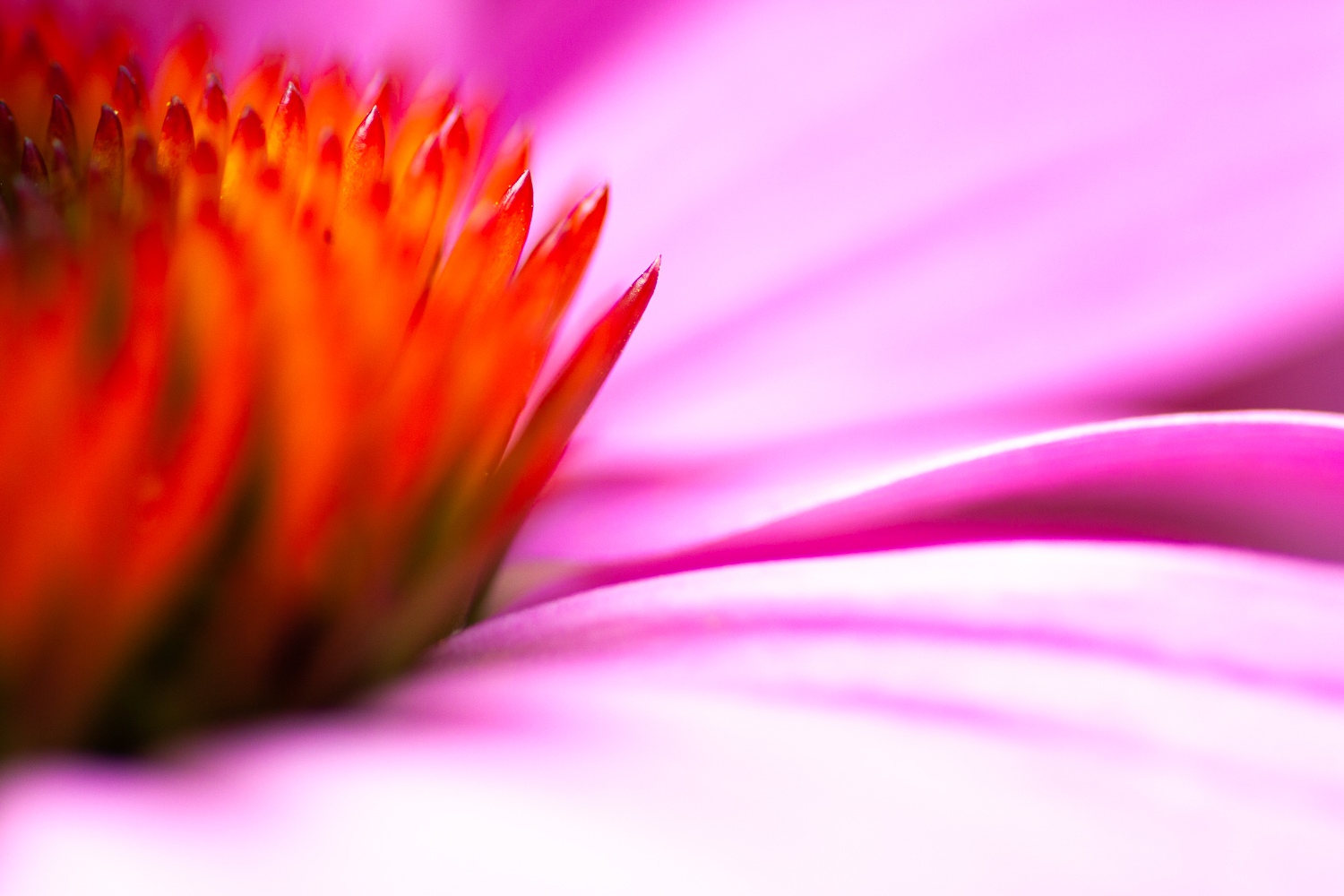
And try to do some new edits – things you haven’t done before. For instance, try some yellow/blue split toning. Try playing with the HSL options. Try working with the tone curve. You might even try a black-and-white conversion!
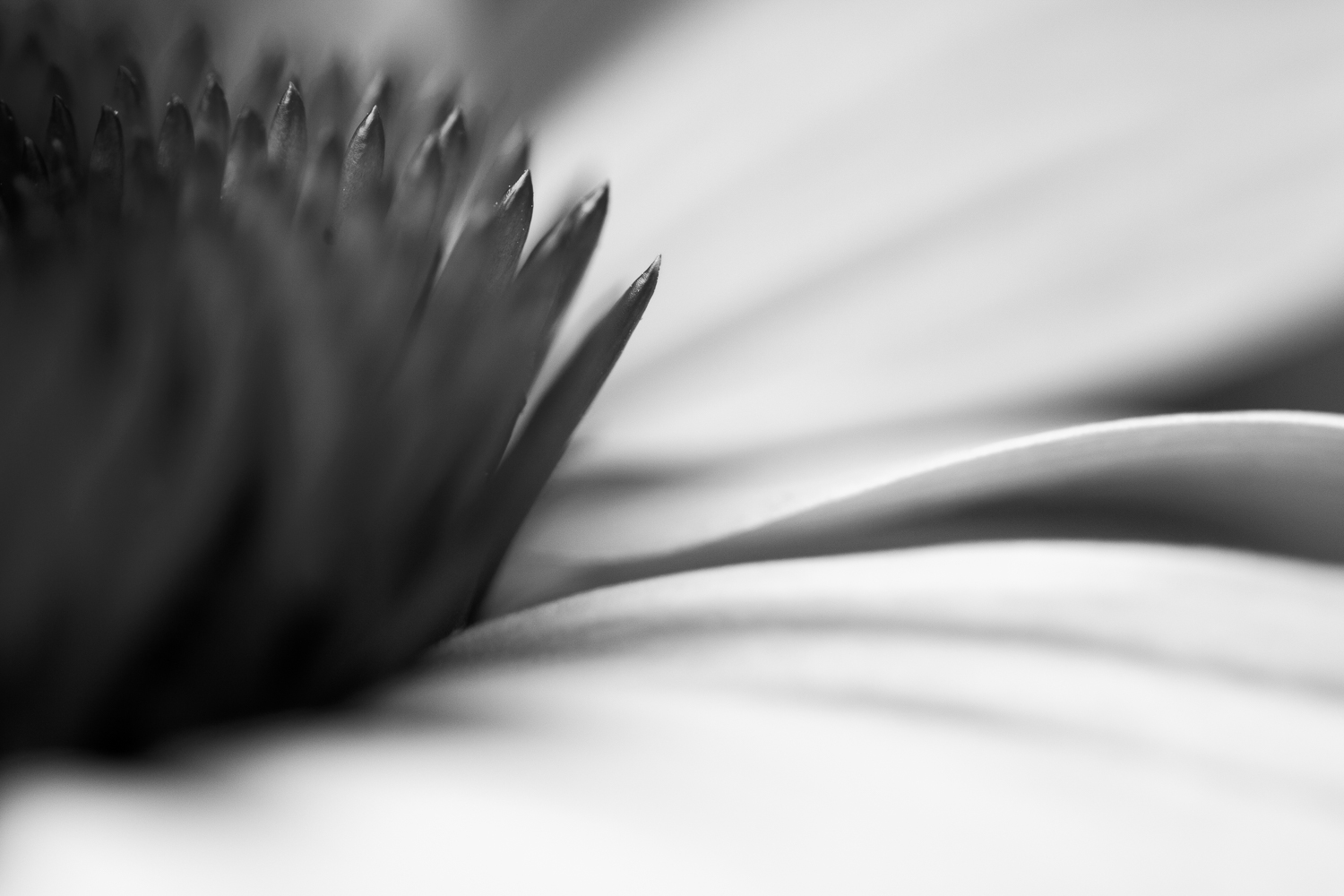
Even if you regularly edit your images, when you take the time to really dig in and make adjustments, you might be amazed by what you can do!
7. Take a photo every single day for a month
This last exercise is a classic – but that doesn’t mean it’s any less useful! You see, one of the absolute best ways to improve your photography is to photograph constantly.
(Practice really does make perfect!)

If you take a photo every day, you’ll find that your mind starts to open up. You’ll see photography opportunities that you didn’t even know were there. Your skills will increase rapidly. And you’ll start to take consistently stunning images.
Note that you don’t have to dedicate hours and hours to photography every day. If you have 15 minutes to spare, it can make a big difference.
Photography exercises: final words
Now you know 7 great exercises that are designed to quickly improve your photography skills.
You don’t have to do them all at once. But try them out whenever you can. The more time you can dedicate to the exercises, the better the results.
And you’ll soon be capturing photos like a pro!
Now over to you:
Which of these photography exercises is your favorite? Which will you try first? And do you have any effective exercises of your own? Share your thoughts in the comments below!
Table of contents
Nature Photography
- GENERAL
- 7 Photography Exercises to Take Your Nature Photos to the Next Level
- 1. Shoot a single subject from nine different angles
- 2. Shoot a subject you normally avoid
- 3. Bring just one lens into the field
- 4. Shoot a scene with four types of light
- 5. Take both still shots and action shots of your subject
- 6. Edit your favorite photo in five different ways
- 7. Take a photo every single day for a month
- Photography exercises: final words
- PREPARATION
- LIGHTING
- COMPOSITION
- GEAR
- ADVANCED GUIDES
- CREATIVE TECHNIQUES
- POST-PROCESSING
- BUSINESS
- INSPIRATION
- RESOURCES
